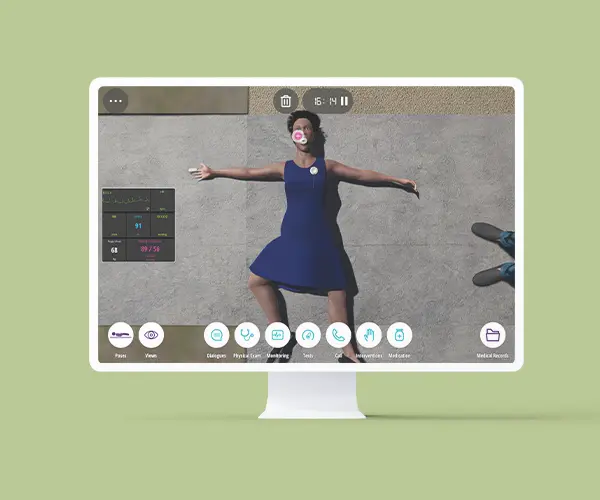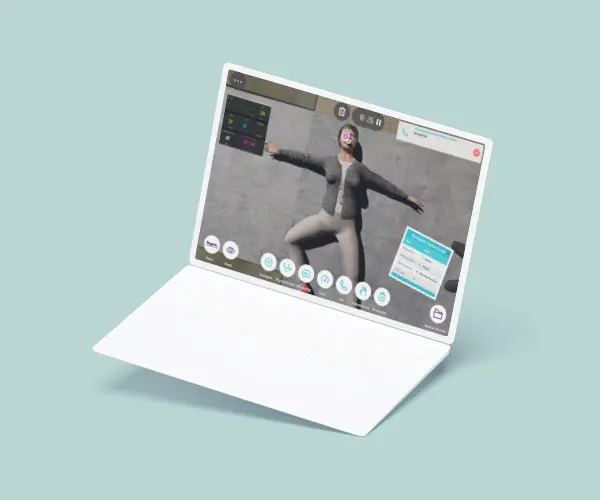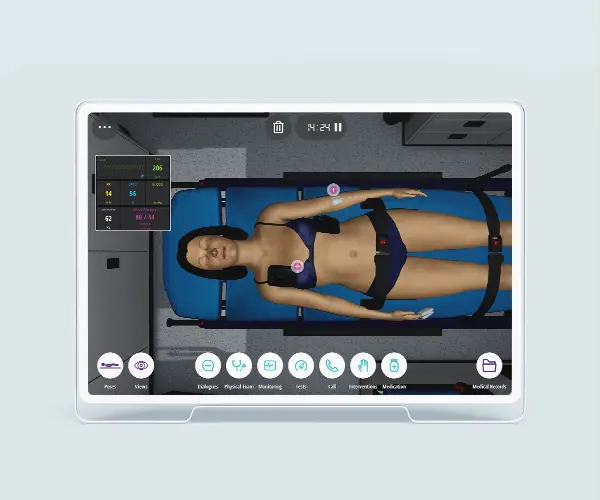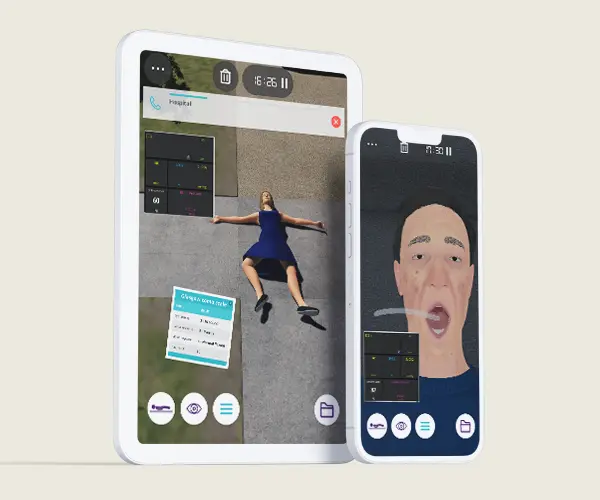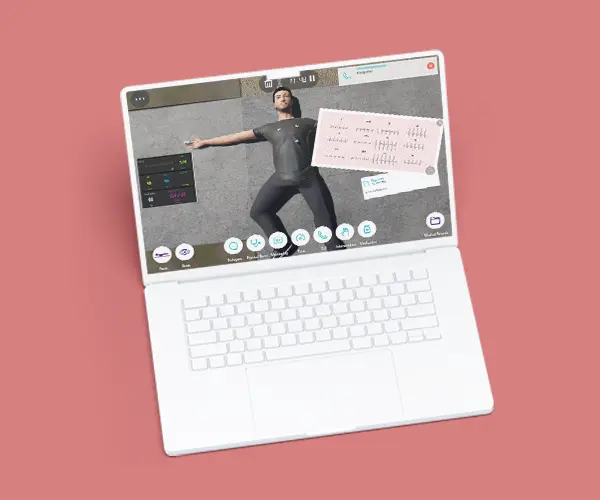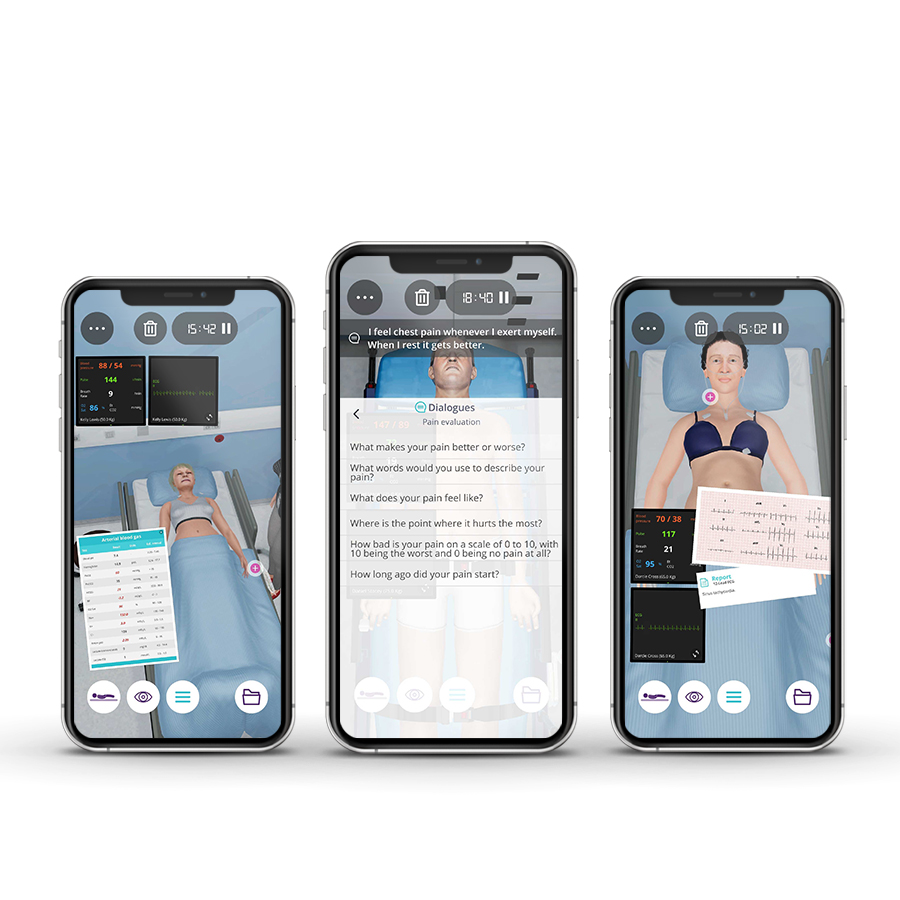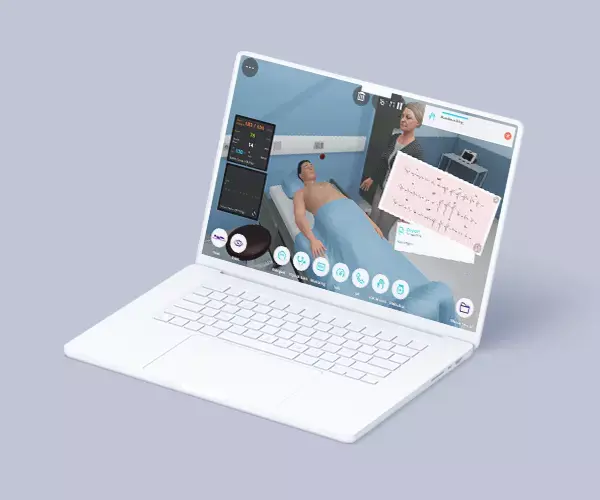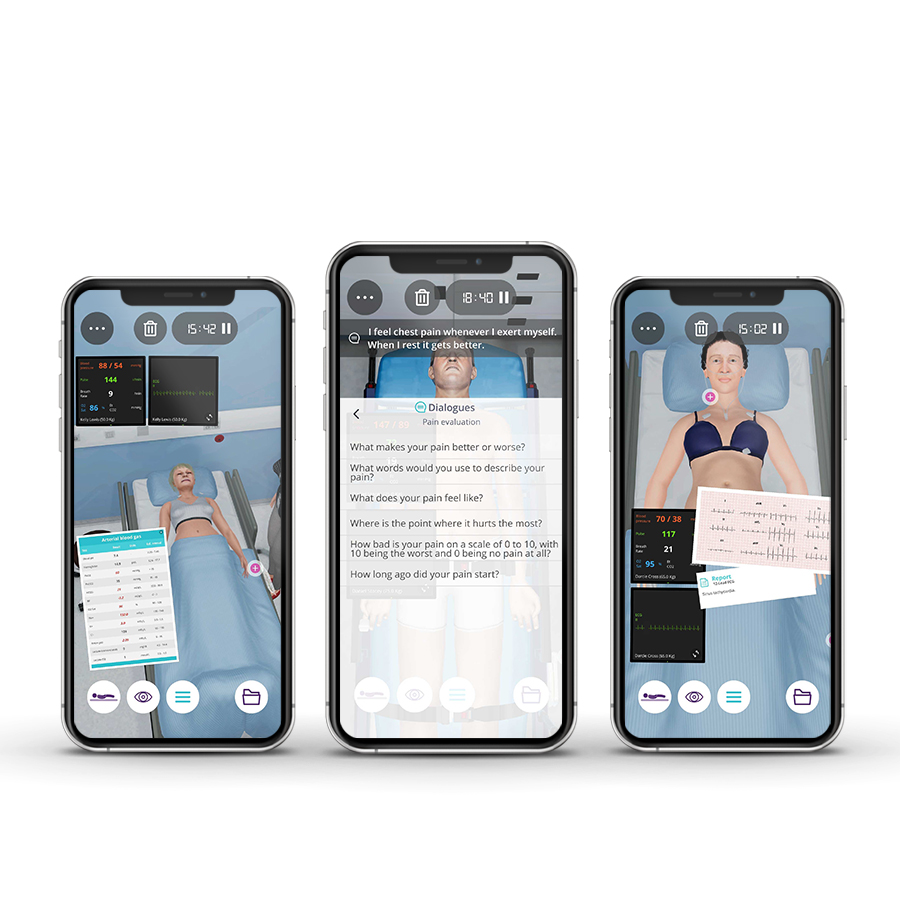Description
Course type: Online; Self-Paced
Specialty: Toxicology
Language: English / Portuguese
Resources: Handbook
Level: Basic
Target: EMT
Modules: 5
Durations: 2 months
Time Effort: Up to 110 min per module
Certificate: Yes
Course Description
Toxins and environmental threats is a particular area that includes clinical guidelines in the approach to toxins, overdose, poison, exposure to environmental threats. Currently, the prevalence of exposure to toxics and poisoning is of great complexity for humans and can represent health risks ranging from mild skin irritation to deadly diseases. An understanding of the common mechanisms of death from toxin exposure can help prepare the Emergency Medical Technicians (EMTs) to effectively approach and treat patients.
Practicing these situations is extremely relevant for EMTs, due to their high priority required analysis, their frequency, and the need for interventions. EMTs are the first to arrive on the scene, so they are expected to quickly assess the patient’s condition, provide stabilizing measures and request additional resources.
Toxins and Environmental Threats course guarantees the development of the skills necessary to minimize mistakes in the real-life context, by allowing users to practice with virtual patients and ultimately ensure the best patient care, safety, and results. Through this course, EMTs can develop their skills in dealing with situations of drug and food poisoning, dehydration, hypothermia and overdoses.
Course Overview
- 5 Modules
• 5 virtual patient cases of a basic level of complexity. - Average Time to practice (per module)
• Clinical Scenario: 20 minutes per attempt (3 attempts: 60 minutes)
• Final attempt (if applicable): 20 minutes
• Multiple Choice Question: 5 minutes
• Feedback Area: 10 minutes
• Learning Objectives and Scientific References: 5 minutes - Online, Self-paced
You have up to 2 months to complete the 5 modules at your own pace. - Certificate of Completion
Learning Objectives
• Assess the security of care;
• Develop skills in assessing the patient’s clinical history applying SAMPLE;
• Assess pain using OPQRST;
• Assess patient status and begin basic prehospital interventions regarding an opioid overdose;
• Provide the appropriate treatment for an opioid overdose, requesting additional resources and providing supportive care while awaiting paramedics;
• Initiate monitoring and diagnostic procedures;
• Call a higher level of emergency medical services for transport;
• Provide supplemental care while waiting for differentiated help.
Clinical Competencies
Safety
• Universal safety measures procedures
• Promote patient safety
Airway and Breathing
• Airway – naso/oropharyngeal
• Oxygen therapy (nasal cannula; non-rebreather; simple face mask; high-flow mask)
• Pulse oximetry
• Suctioning – upper airway
• Head tilt – chin lift
Circulation
• Cardiopulmonary resuscitation (CPR)
• Assess and interpret pulse (rate, rhythm and volume)
• Cardiac monitoring – 12-lead ECG
• Defibrillation – automated / semiautomated
Medication- Routes
• Aerosolized / nebulized
• Intramuscular – auto-injector
• Intranasal – unit-dosed, premeasured
• Mucosal / Sublingual
• Oral
Module 1 – Acute intoxication
Context: Acute intoxication is a component of Emergency Medicine and an important public health problem in clinical toxicology. The incidence of acute intoxication is reflected both in the level of attempted suicide, resulting in an overdose, and an accidental inadvertent overdose of drugs.
Virtual Scenario: Peggy had a car accident when she was eight years old with her parents, but she was the only survivor. Since then, she has been followed by a psychiatrist due to regular anxiety crises.
Module 2 – Gastrointestinal disorder
Context: The feeling of nausea and the act of vomiting occur in response to physiological and pathological conditions. These conditions can have different origins, namely acute enteric disease, or women with nausea and vomiting in the first trimester of pregnancy. Other causes of this condition can be related to chemotherapy or postoperative status. Both nausea and vomiting can leave those affected with physical discomfort and fatigue and can lead to other health complications including dehydration.
Virtual Scenario: Lisa is a chef in a restaurant. In the past few days, she has been preparing various dishes for a TV contest and she thinks that maybe she ate something that was not good.
Module 3 – Complaining of nausea, vomiting and abdominal pain
Context: Poisoning can occur for a variety of factors, such as medications, illicit drugs, or tainted food. It’s a medical emergency and the patients must be stabilized. It is important to recognize, through assessment and history-taking, that the patient has the signs and symptoms of poisoning.
Virtual Scenario: John was out walking after dinner with friends but, during the walk, he started sweating with abdominal pain and vomiting. He needed to lie down on the floor because he felt like he was going to pass out.
Module 4 – Alcohol intoxication
Context: Alcohol intoxication leads to symptoms such as slurred speech, impaired coordination, cognitive function and increased vasodilation, contributing to increased blood flow to the skin, resulting in loss of heat to the environment. This has the effect of an individual feeling of warmth, when in fact it is losing heat.
Virtual Scenario: Adam has been struggling with alcohol abuse for the last few years since he was fired from his job.
Module 5 – Found lying on the ground
Context: In the last decades, concerns about the safety of drugs have arisen due to an increasing number of intoxications. It is important to recognize, through assessment and anamnesis, which signs and symptoms patient presents for appropriate treatment of their clinical condition.
Virtual Scenario: Emma was found on the ground in an empty street by her boyfriend, who had been looking for her.
Authors and Speakers
With a multidisciplinary group of international clinical reviewers, Body Interact ensures a high standard of accuracy, diversity, and impact of its course.
Scientific References
- Cunningham C, Richard K. National Model EMS Clinical Guidelines. National Association of State EMS Officials. 2022; Version 3.
- National Association of State EMS Officials. National EMS Scope of Practice Model.2019; DOT HS 812 666


